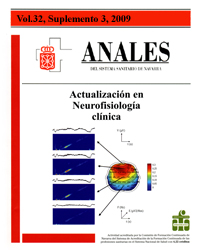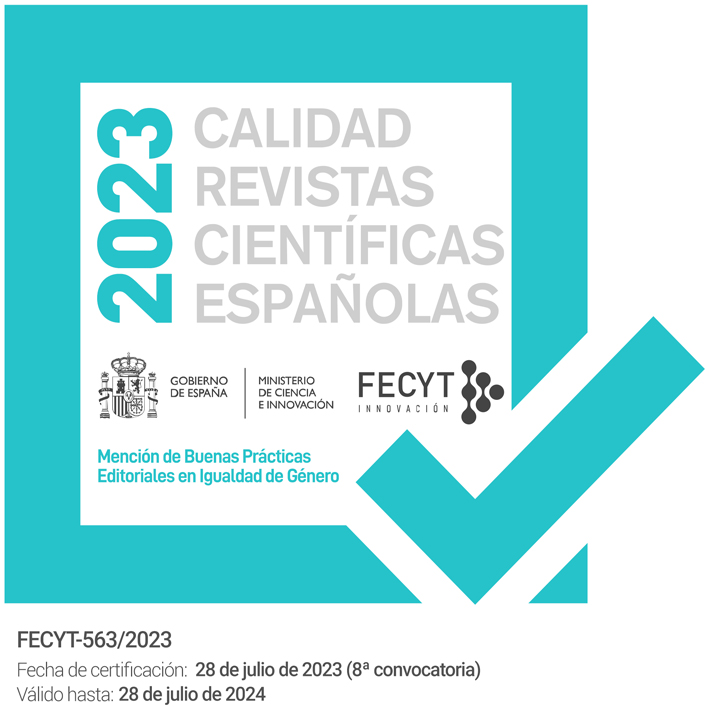Basic techniques of electroencephalography: principles and clinical applications
DOI:
https://doi.org/10.23938/ASSN.0148Keywords:
Electroencefalografía. Utilidades clínicas. Técnicas básicas. Epilepsia. Patrones EEG.Abstract
The electroencephalogram is a technique for the functional exploration of the central nervous system (CNS). It is a relatively old technique but even today it continues to be a tool of great assistance to the clinician in diagnosing and treating certain pathologies, such as epilepsy, encephalopathies, alterations to the state of consciousness, CNS infections, etc. On the other hand, it is a diagnostic tool whose applications are expanding in combination with other neurophysiological techniques, such as in the field of the study and diagnosis of sleep pathology (polysomnography, multiple sleep latency test…) and in intraoperative monitoring together with somasensory evoked potentials. This article describes the basic techniques of electroencephalography, with special emphasis on its main clinical applications and on future perspectives.Downloads
Downloads
Published
How to Cite
Issue
Section
License
La revista Anales del Sistema Sanitario de Navarra es publicada por el Departamento de Salud del Gobierno de Navarra (España), quien conserva los derechos patrimoniales (copyright ) sobre el artículo publicado y favorece y permite la difusión del mismo bajo licencia Creative Commons Reconocimiento-CompartirIgual 4.0 Internacional (CC BY-SA 4.0). Esta licencia permite copiar, usar, difundir, transmitir y exponer públicamente el artículo, siempre que siempre que se cite la autoría y la publicación inicial en Anales del Sistema Sanitario de Navarra, y se distinga la existencia de esta licencia de uso.








